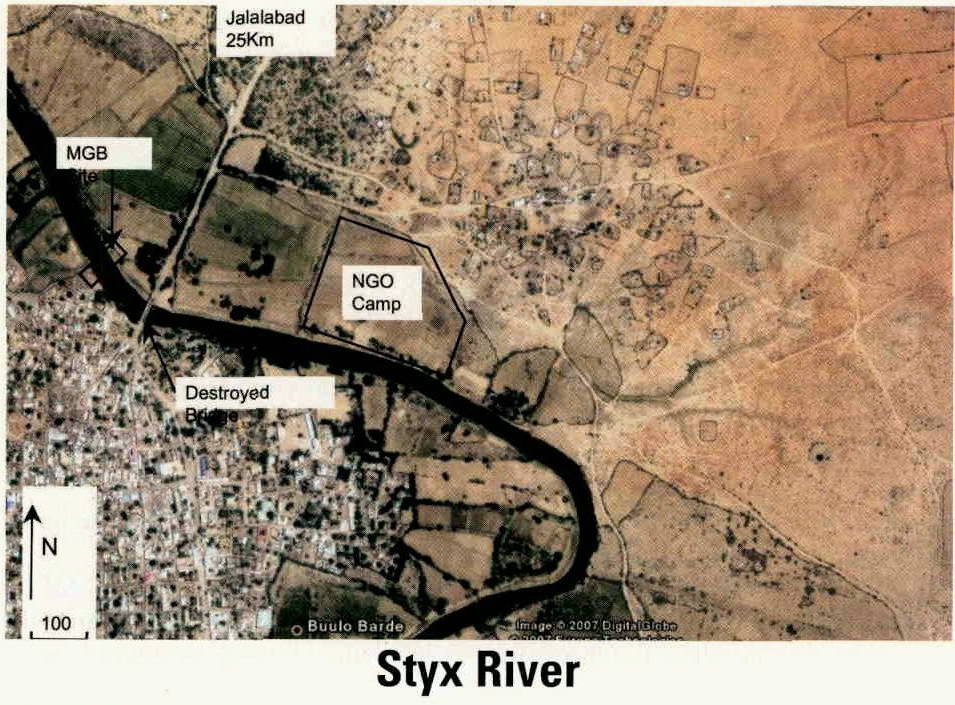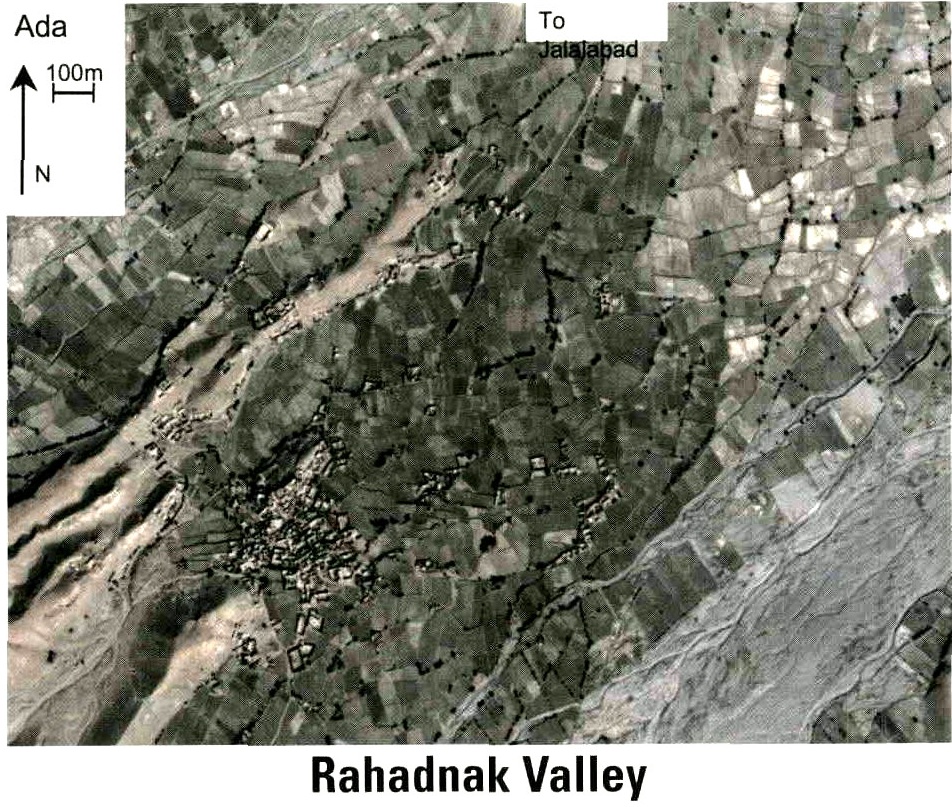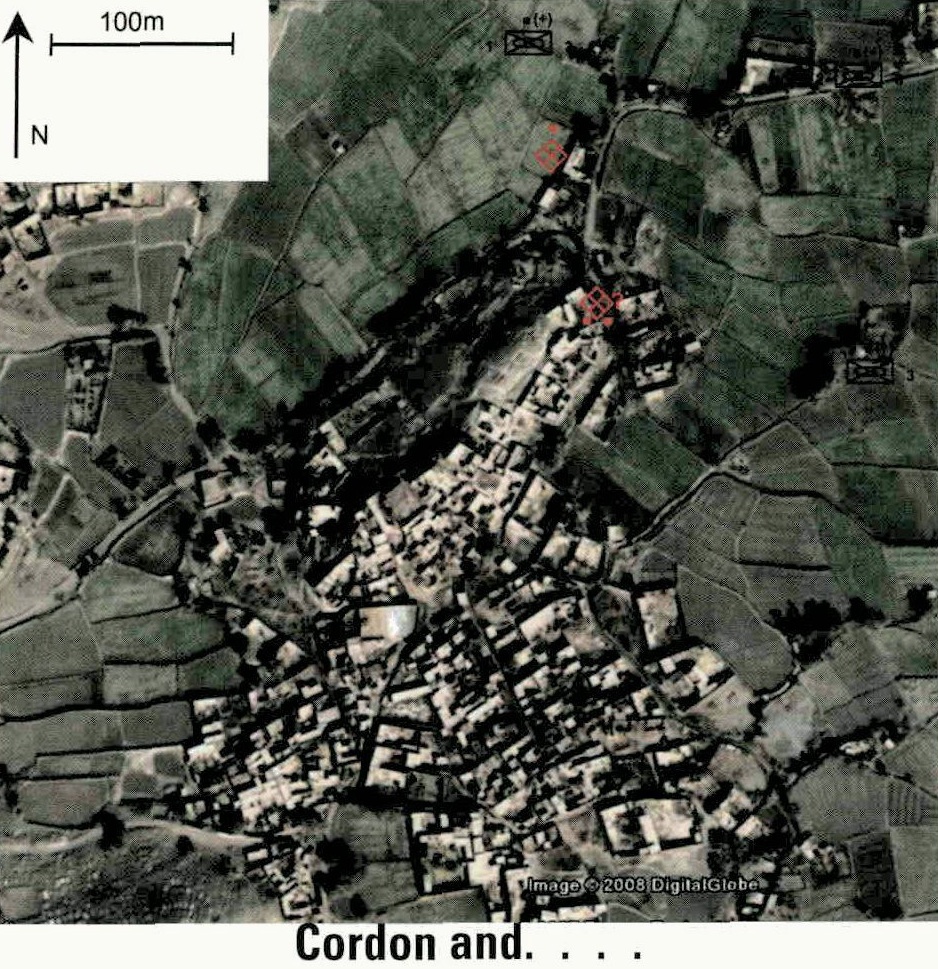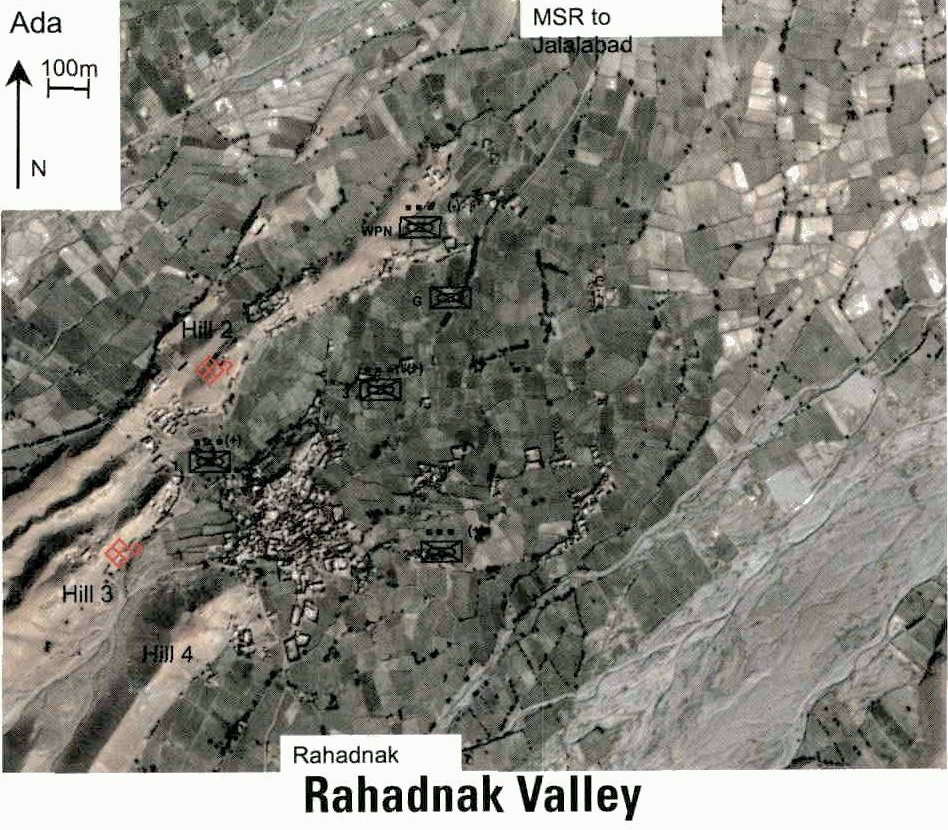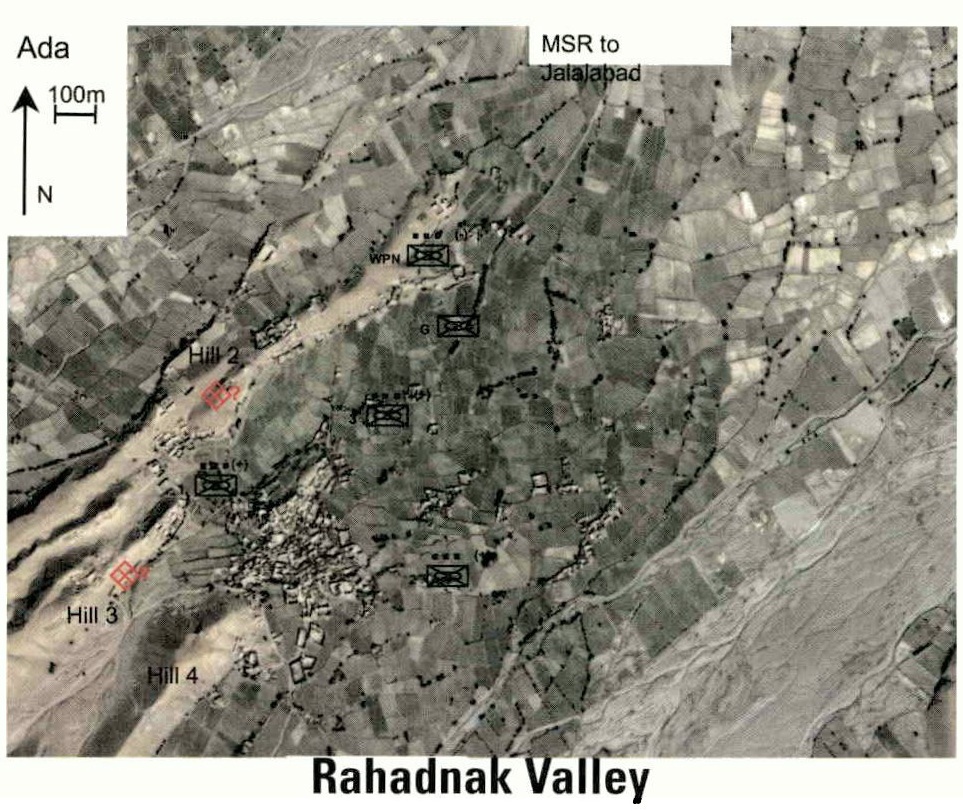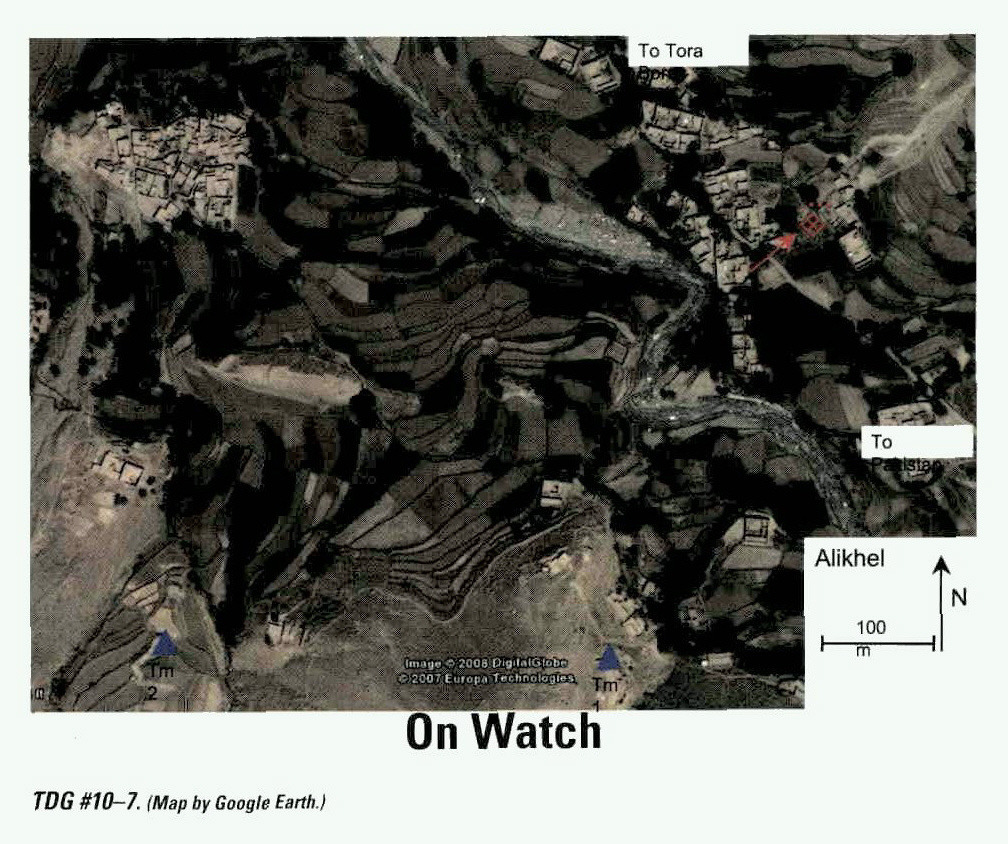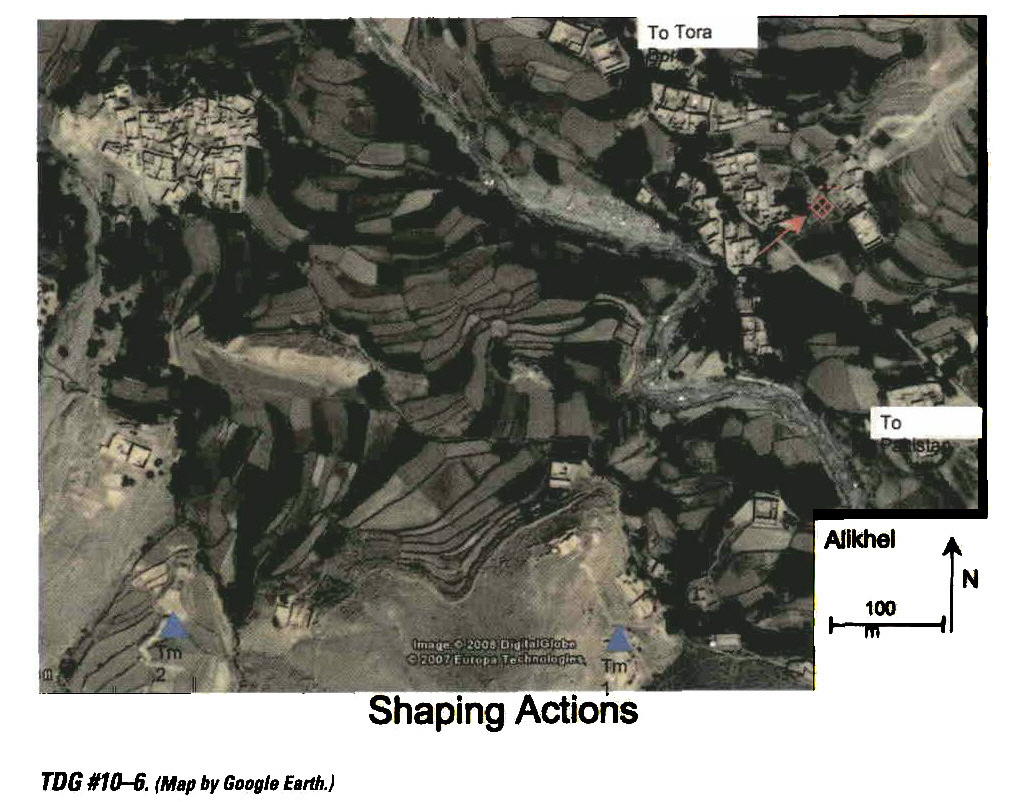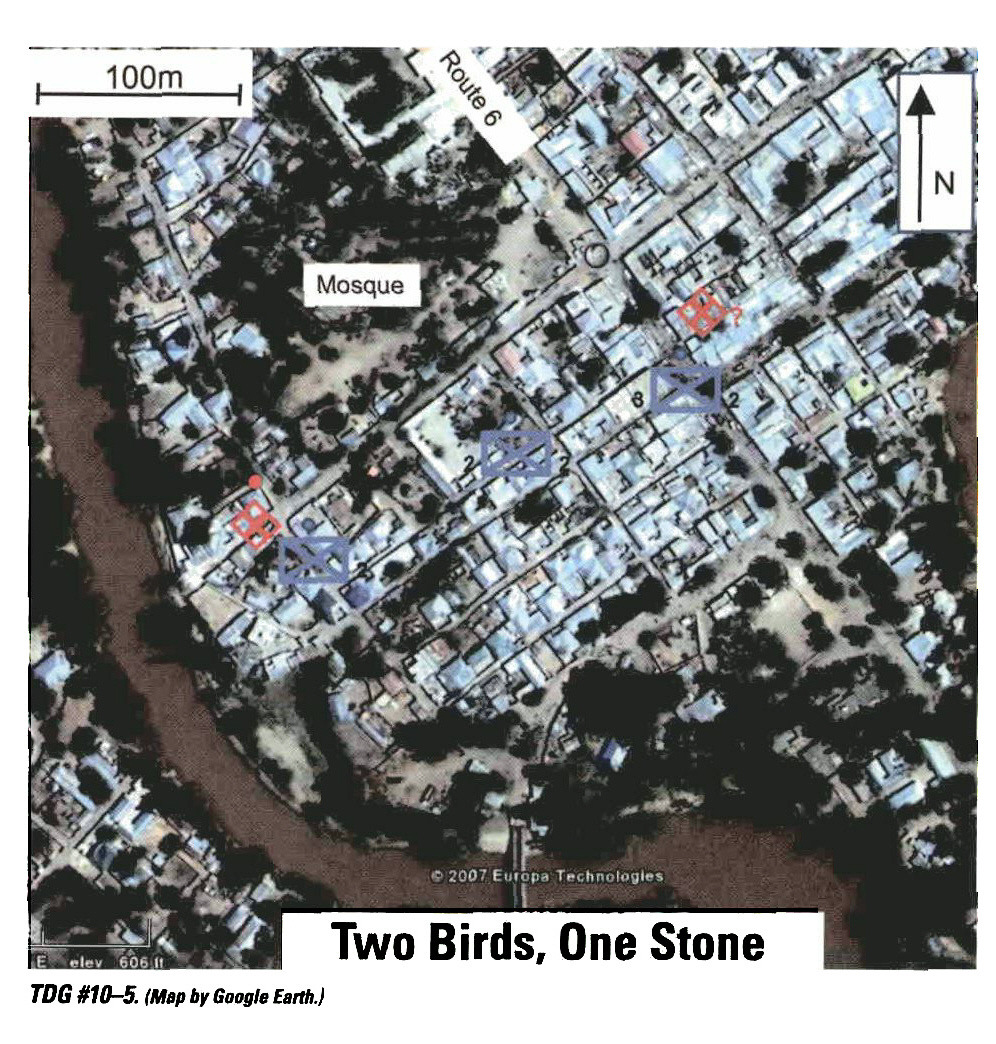By Luke DeVore
Tactical decisionmaking and critical thinking are competencies junior officers must have to be successful in any operating environment. For this reason The Basic School (TBS) incorporates tactical decision games (TDGs) and sandtable exercises (STExs) into the program of instruction for newly commissioned lieutenants, giving them the opportunity to analyze tactical situations and practice making appropriate tactical decisions. The culture of TDGs and STExs is alive and well in our officer corps, as evident by the longstanding tradition of the Marine Corps Gazette publishing TDGs in the back of every issue. TDGs are so much a part of the officer corps’ culture that the proverbial question, “What now, Lieutenant?” flows off the captain’s tongue as freely as the first general order flows from the private’s tongue 3 weeks into recruit training.
More than ever, however, tactical decisionmaking and critical thinking competencies are needed below the company level. In an operational environment defined by the distribution of forces, with platoons responsible for geographic areas that companies or battalions would have covered in previous years, enlisted leaders at the squad level need to have tactical decisionmaking and critical thinking skills in order to prepare for the tactical dilemmas they will certainly face in today’s operating environments. Whereas “What now, Lieutenant?” is the proverbial question of conflicts past, the more appropriate question of today’s conflicts is “What now, Sergeant?” With some exceptions, squad leaders do not have the opportunity to engage in the type of exceptionally well-designed and executed TDGs and STExs that lieutenants experience at TBS. There are several reasons for this. Arguably, the culture of our enlisted leaders at the platoon level and below does not include a heavy emphasis on TDGs and STExs. Also, TDGs and STExs, to be conducted in a manner that best ensures skill transferal, require appropriate resources and exercise leaders with experience conducting them. Finally, the opportunities for squads to conduct independent training during “white space” are constrained by the time- and resource-consuming predeployment training program requirements that are usually conducted as prescribed training events at the battalion and company levels.
We should also recognize that our younger generation of Marines learns very differently than previous generations. The “YouTube” generation learns best with a more immersive and interactive approach to skill transferal. Whereas written after-action reviews (AARs) and white papers on emerging enemy tactics, techniques, and procedures (TTP) may be an appropriate means of communicating complex ideas to some, the current generation learns best when exposed to a visually and audibly stimulating experience. There is research to support that this is not just true of the YouTube generation; students of any age display higher information retention, recall, and understanding when the instruction is provided in an interactive and multisensory format.
Traditionally, TDGs are decidedly low tech and offer little sensory stimulation. However, the emergence of technology-based training solutions now offers Marines new opportunities in a huge swath of training, especially TDGs. Most infantry units at the battalion level and above now have a deployable virtual training environment (DVTE) suite. The DVTE is a suite of laptop computers fielded to units in deployable cases. Resident on the DVTE suite is a variety of simulation software that can be used for an assortment of individual and collective training. One of the more flexible and useful programs resident in the DVTE suite is the first-person simulation, Virtual Battle Space 2 (VBS2). The simulation allows VBS2-trained personnel to develop scenarios with surprising detail and realism that training authences can execute as teams, squads, platoons and, in some cases, even companies.
At the II MEF Simulation Center, DVTE analysts from Cubic Applications, Inc. have developed a method for conducting TDG-type training using VBS2. The new TDG concept, called tactical virtual guided discussions (TVGDs), allows squad-sized groups to receive an orientation, situation, and mission just like traditional TDGs, but the TVGD also allows the training authences to execute the mission in a first-person virtual environment. The execution, however, is not the principal training objective TVGDs are designed to support. As the name implies, TVGDs are designed to provide just enough execution to facilitate a robust discussion on critical tactical thinking and decisionmaking. VBS2 offers a multisensory format that enables the Marines to quickly and thoroughly understand the learning outcomes. With the aid of a discussion leader, the exchange of views resulting from a TVGD provokes the participants to engage in a surprisingly detailed analysis of enemy and friendly TTP. The AAR feature of VBS2 aids in this process. The AAR records the execution portion of exercises, including radio transmissions, which can then be played back and projected on a wall or screen. The playback can be viewed from literally any vantage point – enemy, friendly, bird’s-eye, etc. With the use of the AAR playback, the training authence is able to engage in an indepth analysis of enemy TTP; the impact of terrain, cover, and concealment; the effectiveness of internal communications; and the effect of friendly forces’ decisions and actions on the overall scenario.
The DVTE section at the II MEF Simulation Center has a catalogue of TVGD scenarios designed around an infantry squad with or without attachments (e.g., medium machinegun team). All of the scenarios are designed using very precise enemy TTP, and most of the scenarios directly replicate real-world ambushes and firefights detailed in AARs from units recently returned from Operation ENDURING FREEDOM. The Marine Corps Center for Lessons Learned (MCCLL) has been a valuable source for scenarios and emerging TTP that are then applied to TVGDs. For example, MCCLL posted an AAR from 3d Battalion, 8th Marines (3/8) and 2d Reconnaissance Battalion that detailed several ambushes the units experienced while deployed to Afghanistan in 2009. The AAR included detailed descriptions of the ambushes and friendly and enemy TTP, as well as maps depicting the terrain and friendly and enemy positions. This AAR was used to develop the first TVGDs. As additional AARs and reports on TTP are made available, the TVGD catalogue continues to grow. By recreating actual events, the Marines immediately recognize the relevance of the training, adding emotional involvement to the training – and they do get emotional. Since the first TVGD was conducted in June 2009, more than 200 Marines from across II MEF have participated in TVGDs, and the response has been overwhelmingly positive.
It is difficult to develop metrics that validate the effectiveness of TVGDs, but the general validity and economic efficiency of using simulations for groundbased combat training has long been established. While all evidence of the TVGDs being a legitimate training method is anecdotal. Marines and sailors report the training to be challenging, relevant, emotionally involving, and fun. One example speaks to the effectiveness of the TVGDs. Marines from a 2d MarDiv infantry company participated in TVGDs one Friday at the II MEF Simulation Center. Later that night the company commander wrote an email describing how the company’s NCOs were so energized about the discussions resulting from the training that they all got together at the beach that night to share drinks and thoughts about what they learned, what they would do differently in each scenario and, perhaps more importantly, what they learned about their Marines.
Each scenario is designed to last from 40 minutes to 1 hour from start to finish. Intended to be as turnkey as possible, each scenario is accompanied by a Microsoft PowerPoint presentation that defines the purpose and method for each scenario, as well as a detailed fragmentation order and associated maps and images. The TVGDs are designed to occur in four steps.
Step one: fragmentation order. Given by either the squad leader or another Marine selected to assume the leadership position.
Step two: execution and recording of the scenario. This portion lasts for only 5 to 10 minutes, or ends whenever the discussion leader decides that enough has occurred in the execution to conduct a thorough discussion of the event.
Step three: debrief. Systematically, each Marine is asked to recall what he saw and what he did or did not do.
Step four: after-action playback and group discussion of die event. The discussion leader will challenge the Marines to conduct a mission, equipment, troops, rime, terrain, civilian analysis of the event and discuss possible alternative solutions and considerations. The PowerPoint slides that come with the scenarios also include a list of recommended discussion points should the discussion leader need them.
The training authence can go through most scenarios as either the friendly or enemy forces. The Marines have responded very well to the ability to “red cell” the scenarios. By allowing the members of the training authence to conduct the scenarios as the opposing force, they have the chance to employ what they know about Taliban TTP and to more fully understand how the enemy fights and how best to combat the enemy threat.
Simulations are being used to effectively conduct a wide spectrum of groundbased training. At the Il MEF Simulation Center, Marines and sailors are using simulations to conduct everything from motorized patrolling and tactical recovery of aircraft and personnel to fire support team training and fixed-site security. Though the simulations resident on the DVTE suite support these training events, there are no premade scenarios that the units can simply fall in on and execute. In the absence of premade scenarios, units can contact the DVTE section at the II MEF Simulation Center for copies of the TVGDs or any other DVTE training or technical support.
The TVGDs, which can be conducted on a unit’s DVTE suite or at the simulation center, offer a focused, well-designed, and near turnkey training opportunity that allows the Marines at the squad level to receive the tactically focused critical thinking and decisionmaking training they will need to be successful down range.




